Art Nouveau — Contrived In The Best Way Possible
If there’s one thing I’ve learned studying the history of art and design, it’s that people love to recycle. Love it until they don’t that is.
In the late 1880s, artists of all sorts were fed up with the state of stylistic affairs in America and Europe. Architects, interior designers, jewelers, and illustrators wanted to move away from the recycled historical style of art that was popular at the time. They wanted art that was fresh and new. Art… Nouveau, if you will.
Artists of the day drew inspiration from the Ukiyo-e Japanese artistic style with its flat-line work and intentionally forged something new.

Daddy Nouveau
Born in Switzerland in 1845, Eugene Grasset is considered somewhat of a father to the Art Nouveau movement. Grasset traveled to Egypt in the early 1860s, which also had a significant influence on his work. His other great influence was Japanese Ukiyo-e style artworks which utilize intricate linework for detail which also became characteristic of many Art Nouveau artists and illustrators.
Grasset considered himself a graphic designer, creating work used for postcards, postage stamps, and posters. He also taught design and illustration at several institutes in Paris throughout his later life until he died in 1917.
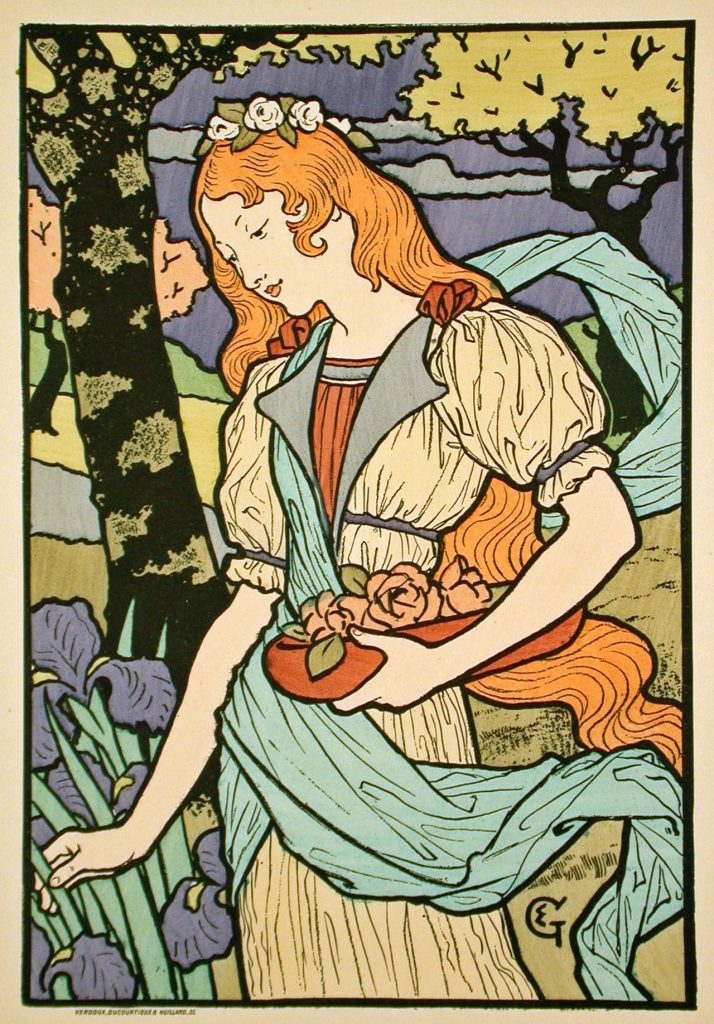
The Great American Poster Maker
Also popular during this period were the illustrative works of Louis Rhead, an English-born American artist who worked as an art director in New York City. Rhead’s work was shown in galleries and regularly published both in America and in France. He even won the award for Best American Poster Design. Rhead lived a long and successful career as an artist and illustrator until 1926, when he suffered a heart attack after becoming exhausted in an attempt to capture a turtle. (More about the turtle.)
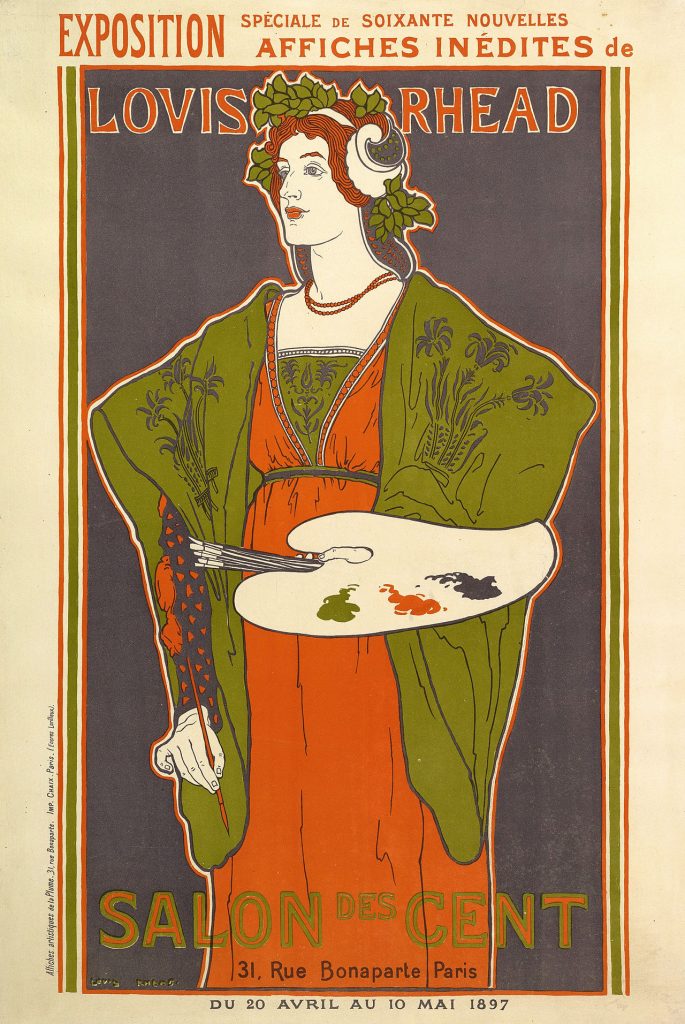
The Man Who Czech’d All The Boxes OR What Goes Around, Comes Around
Alphonse Mucha was a Czech artist who produced some of the most famous images from the Art Nouveau movement. He’s known for his highly stylized and decorative designs. After many years living and working in France, Mucha returned to Czechoslovakia and painted “The Slav Epic,” a series of 20 massive paintings that chronicle the history of the Slavic people.
Unfortunately, Mucha’s work as a Slavic Nationalist led to his capture and interrogation at the age of 79 when the Nazis captured Czechoslovakia and declared the country part of the German Reich in 1939. He was interrogated and eventually released but died of pneumonia as a result of the trauma.
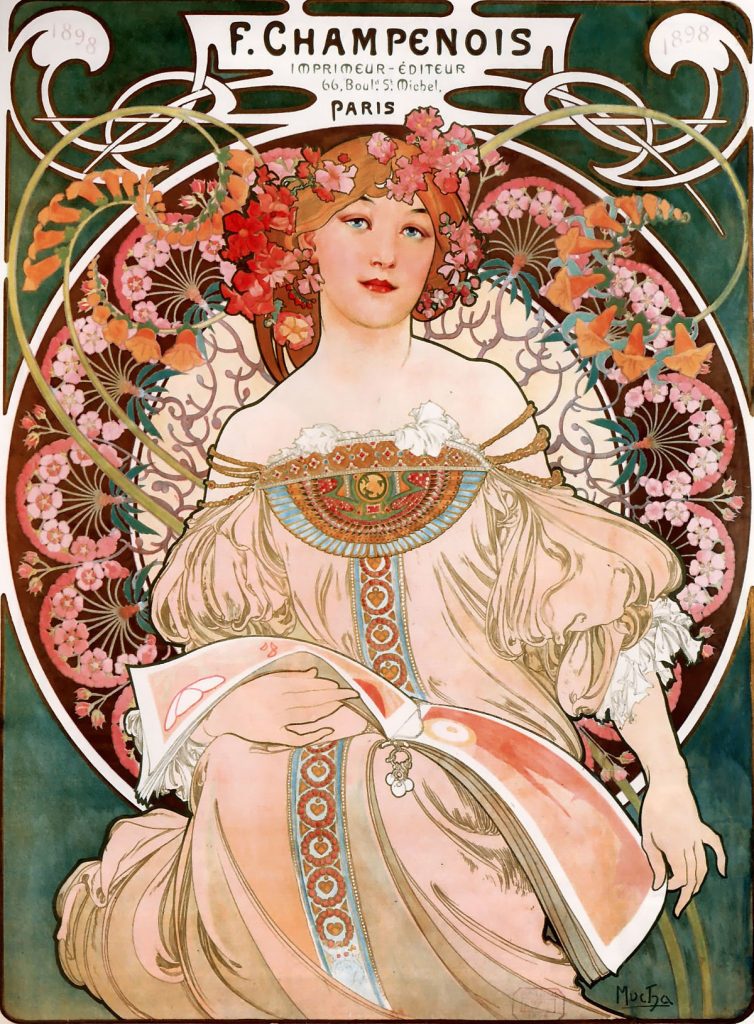
This piece is titled “F. Champenois Imprimeur-Éditeur.“
Perhaps most interesting, though, is Mucha’s role in the century-long feedback loop of Japanese culture indirectly influencing itself. Alphonse Mucha, who exemplified Art Nouveau (which was influenced predominantly by Ukiyo-e Japanese art) is listed over and over again as a primary source of inspiration by many modern Japanese Manga artists. In other words, Japanese art brought about Art Nouveau which brought about elements of modern Manga. Go figure!
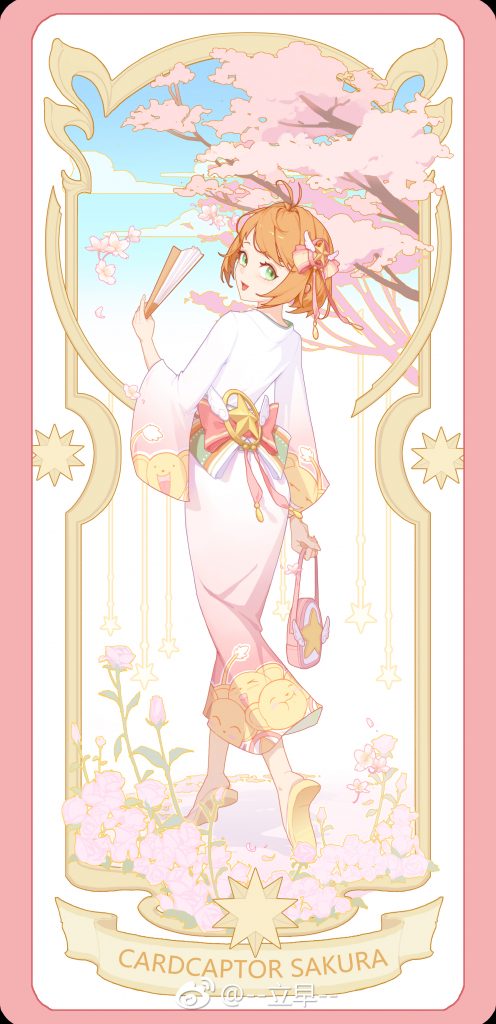
SOURCES:
https://en.wikipedia.org/wiki/Louis_Rhead
https://www.britannica.com/art/Art-Nouveau
https://en.wikipedia.org/wiki/Alphonse_Mucha#Last_years_and_death
https://en.wikipedia.org/wiki/Ukiyo-e
https://www.britishmuseum.org/collection/term/BIOG29635
https://en.wikipedia.org/wiki/Eug%C3%A8ne_Grasset
https://danbooru.donmai.us/posts/4105828
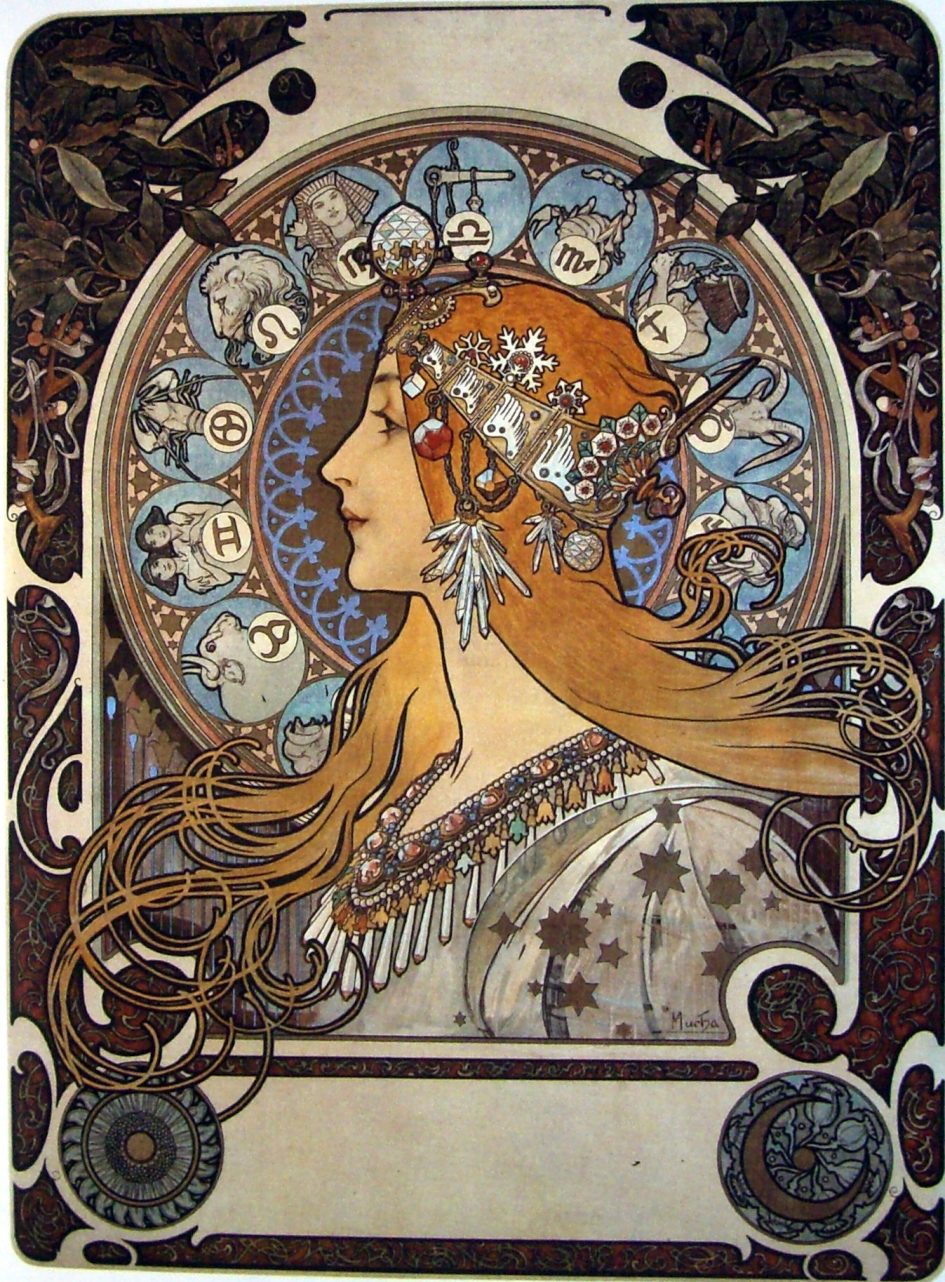
Leave a Reply